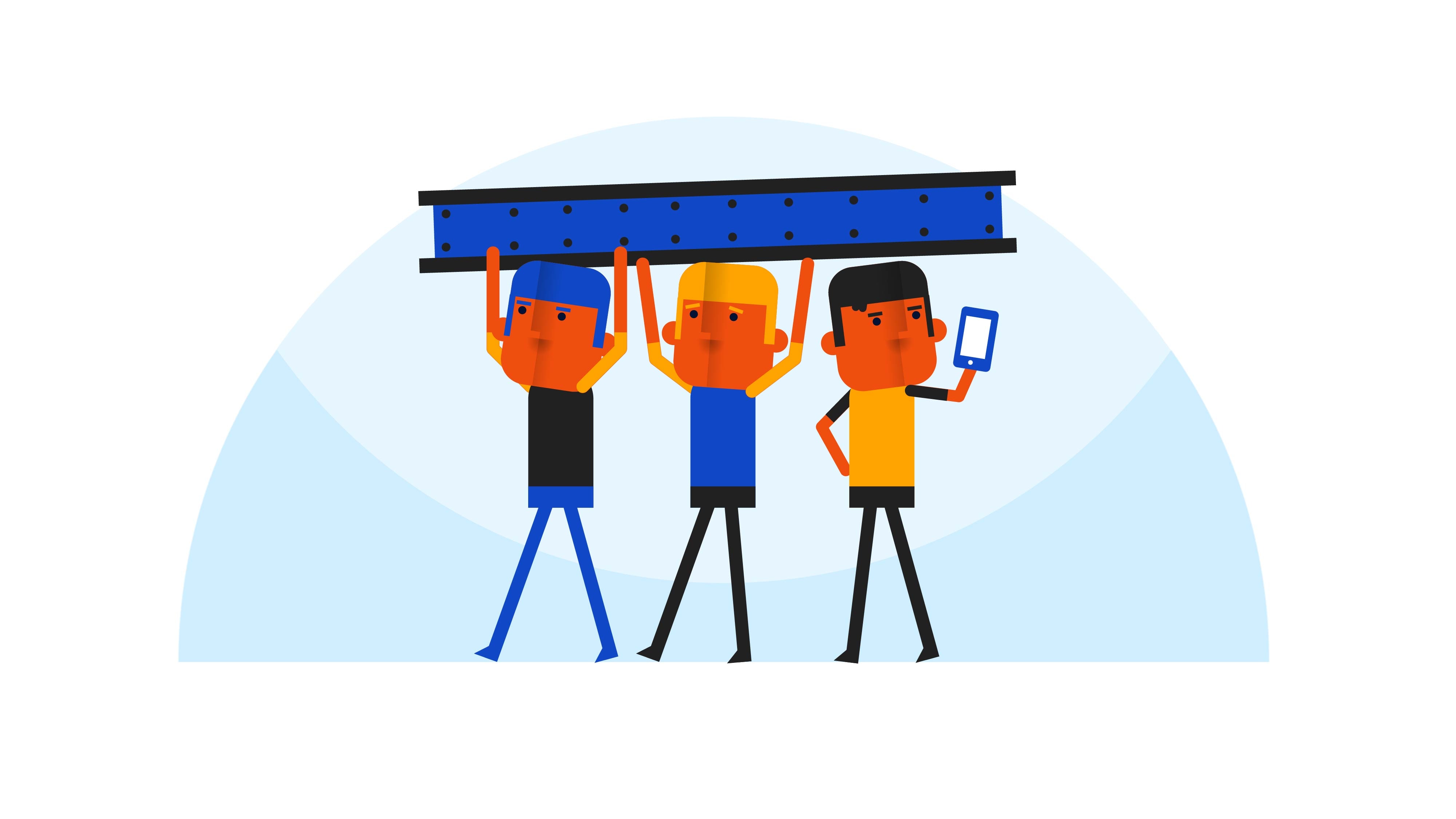That’s why classic brainstorming is useless
Natalie Ediger, February 6, 2017· Communication
Everyone knows the feeling – you are sitting in a brainstorming session and suddenly it seems to be somehow only about why the ideas of others or even your own do not work.
A brainstorming session actually has the goal to generate as many ideas as possible and to combine the different ideas to further develop them. So when the group goes from idea-generating mode to idea-destroying mode, it has serious consequences. Productivity decreases and the goal of the brainstorming session – to generate great ideas – is ultimately not achieved.
Brainstorming became famous in the 1940s with a guy named Alex Osborn. He believed that the brainstorming sessions were responsible for the creative output of his advertising agency. This new way of generating ideas spread like wildfire.
As already mentioned, we no longer believe in oldschool brainstorming. We’re on Jonah Lehrer’s side, who took the faction brainstorming with his article in the New Yorker heavily under fire. Several studies in his article show that individuals generate more ideas than groups.

The problem is the behavior of individuals in groups. We tend to follow the will of the group and thereby reduce our own creative output. This behaviour is further supported by so-called “social lazing around”. If we work in a group on a problem where our direct input is not clearly measurable, we rely on others to do more than we do.

It’s especially annoying when you’re about to tell someone about the hammer idea in your head, but someone else is speaking up and you just forget the idea.
That’s why our brainstorming sessions at Cleverclip are a bit different:
It starts with a briefing of all participants. The problems to be solved are explained in such a way that everyone has a good basis. Then everyone takes an hour to think about ideas and approaches on how to meet the challenge – each one individually in their own room. The proposed solutions are recorded in a personal preferred form (sketch, text, post-it). We use real-time boards – a very practical tool. You can read what it is all about here.

Once all their ego brainstorming sessions have been completed and the ideas have been captured in the real-time board, everyone gets 5-10 minutes to present their ideas to the others.
Then there’s another – you know it – Ego-Mind Making Round. Again in a time window of 5-10 minutes.
Then each Feeedback gives, which ideas he finds good, which could be combined perhaps or also why something does not work. It is important that only one person speaks at a time. If someone wants to say something about a statement of the other person, he can make a note – but only expresses himself when it is his turn.
The good thing about this procedure is that it prevents the problems of group behaviour that have been mentioned.
Since everyone makes his own thoughts and only presents them in a further step, one cannot be influenced by other ideas. And since everyone has to present, one cannot rest on the performance of others.
So, now I wish you a lot of fun with your next brainstorming session – but please not Old-School but New-School!
Are you interested in more news, tips and tricks around explanation videos and the daily work at Cleverclip? Well then, go to our newsletter